AGO flags NEA for potential S$8.09 million excess payments in TuasOne waste-to-energy project
The Auditor-General’s Office (AGO) has identified serious lapses in the National Environment Agency’s (NEA) management of the S$1.946 billion TuasOne waste-to-energy plant, including delayed financial model updates and possible overpayments of up to S$8.09 million. NEA has acknowledged the shortcomings and pledged stronger oversight of all public-private partnership (PPP) projects.
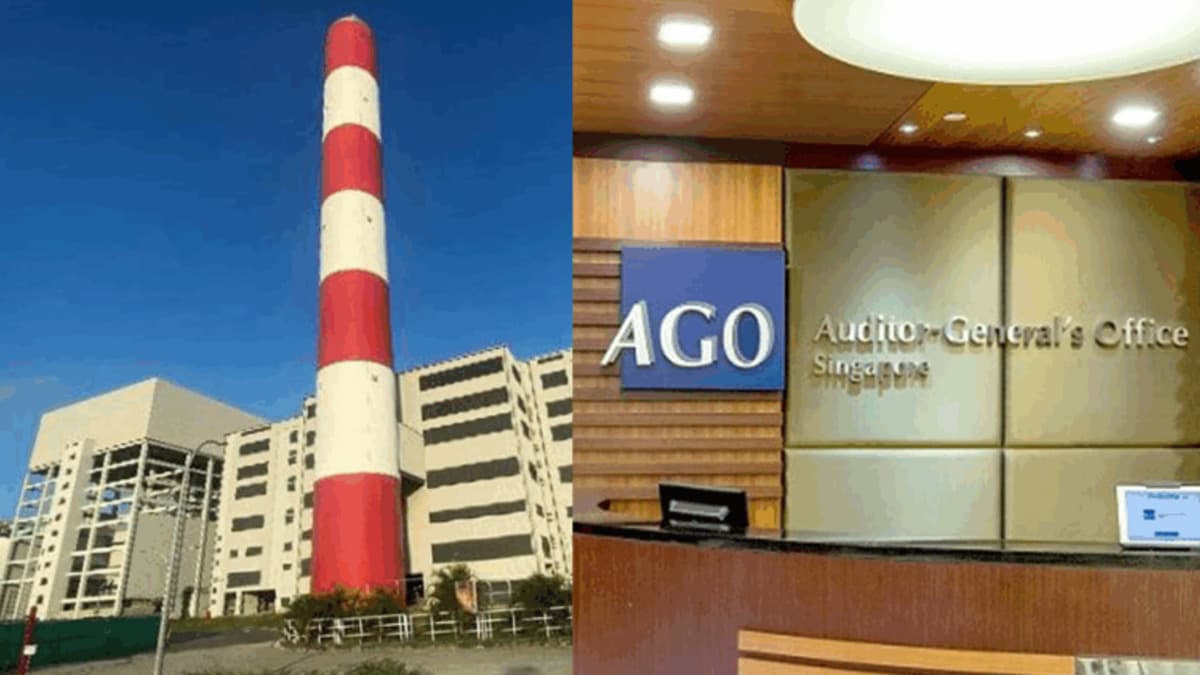
- AGO found NEA may have incurred up to S$8.09 million in potential excess payments under TuasOne project.
- NEA failed to ensure timely updates to the financial model used to calculate payments.
- The outdated model led to an estimated S$0.53 million in overpayments since 2021.
The National Environment Agency (NEA) has been flagged by the Auditor-General’s Office (AGO) for significant lapses in managing the S$1.946 billion TuasOne waste-to-energy plant, including an estimated S$8.09 million in potential excess payments.
The findings, released on 9 September 2025 as part of AGO’s report for Financial Year 2024/25, highlighted failures in ensuring the accuracy of financial models that determine monthly payments to TuasOne Pte Ltd, the private consortium operating the facility.
Failure to update financial model
According to AGO, NEA did not ensure that its project partner updated the financial model to reflect actual costs for key components, specifically the Land Lease Premium (LLP) and Grid Connection Costs (GCC). This omission breached the 25-year project agreement signed in October 2015, which governs NEA’s capacity payments to TuasOne.
The TuasOne facility, originally awarded to a consortium led by Hyflux in 2015, was designed to provide incineration services under a long-term public-private partnership (PPP) framework. As part of the bidding process, TuasOne submitted a financial model detailing cost, funding, and technical assumptions, which determined the Capital Cost Payment Charge Rate (CCCR) — the key metric for NEA’s payments.
AGO’s audit found that TuasOne had known the actual LLP and GCC costs since 2018 but did not update the model as required. NEA also failed to prompt any update until AGO raised the issue in August 2024. As a result, payments to TuasOne continued to be calculated using outdated estimates.
Overpayments and corrective actions
NEA’s internal review indicated that it overpaid TuasOne by S$0.53 million between December 2021 and January 2025. After the financial model was finally updated, NEA projected that it would save S$1.73 million over the remaining years of the contract, which runs until 2046.
However, AGO noted that additional long-term costs may have arisen following a 2022 restructuring of TuasOne’s ownership. The restructuring, prompted by Hyflux’s financial collapse, was approved on the condition that it would not lead to higher payments. AGO’s analysis, however, suggests that post-restructuring payments could increase by about S$8.09 million.
“The AGO’s concern is that NEA could have over-relied on the financial models provided by the partner,” the report stated. “Given that changes to the model directly affect payment amounts, NEA must ensure accuracy and proper documentation.”
NEA’s response and explanation
In response, NEA acknowledged that it failed to ensure timely updates to the financial model and admitted that stronger due diligence was required. It stated that TuasOne had since reviewed and updated the model, which was verified by an independent auditor.
The agency confirmed that it will recover the S$0.53 million in overpayments and adjust future payments based on the corrected model. It also said that internal processes and oversight mechanisms for all PPP projects have been strengthened to prevent similar lapses.
Regarding the 2022 restructuring, NEA defended its decision, noting that the project was at risk of abandonment following Hyflux’s insolvency in 2018. The TuasOne facility had already experienced a 31-month construction delay and significant cost overruns.
“Given the uncertainty and lack of alternative investors, NEA considered the restructuring outcome satisfactory despite the financial deviations,” the agency said. “An external financial consultant has assessed that the post-restructuring payments are reasonable and justified.”
Audit findings on model inaccuracies
AGO’s report noted that the financial models used during the 2022 and 2024 refinancing exercises had not incorporated actual LLP and GCC costs and contained other inaccuracies. Only after AGO’s intervention did NEA commission independent audits of the models. These audits identified formula errors and data inconsistencies, which were subsequently corrected.
AGO emphasised that NEA must not rely solely on contractor-submitted financial information, given the potential impact on public funds. It recommended that NEA establish independent verification mechanisms and periodic reviews to ensure compliance with all financial, contractual, and legal obligations.
Strengthened governance framework
Following the audit, NEA announced new measures to enhance governance across all its PPP arrangements. These include annual compliance reviews, formalised procedures for verifying financial models, and greater involvement of in-house and external experts in financial oversight.
The agency reiterated its commitment to transparency and accountability, stating that it has learned from the TuasOne experience. “NEA takes the AGO’s observations seriously and is committed to ensuring that future PPP projects are managed with stronger financial discipline and governance,” it said.
AGO concluded that while the lapses did not result in deliberate wrongdoing, the weaknesses revealed structural issues in NEA’s contract management. The report underscored the importance of active oversight and independent validation in large-scale public projects to safeguard public funds and maintain public trust.

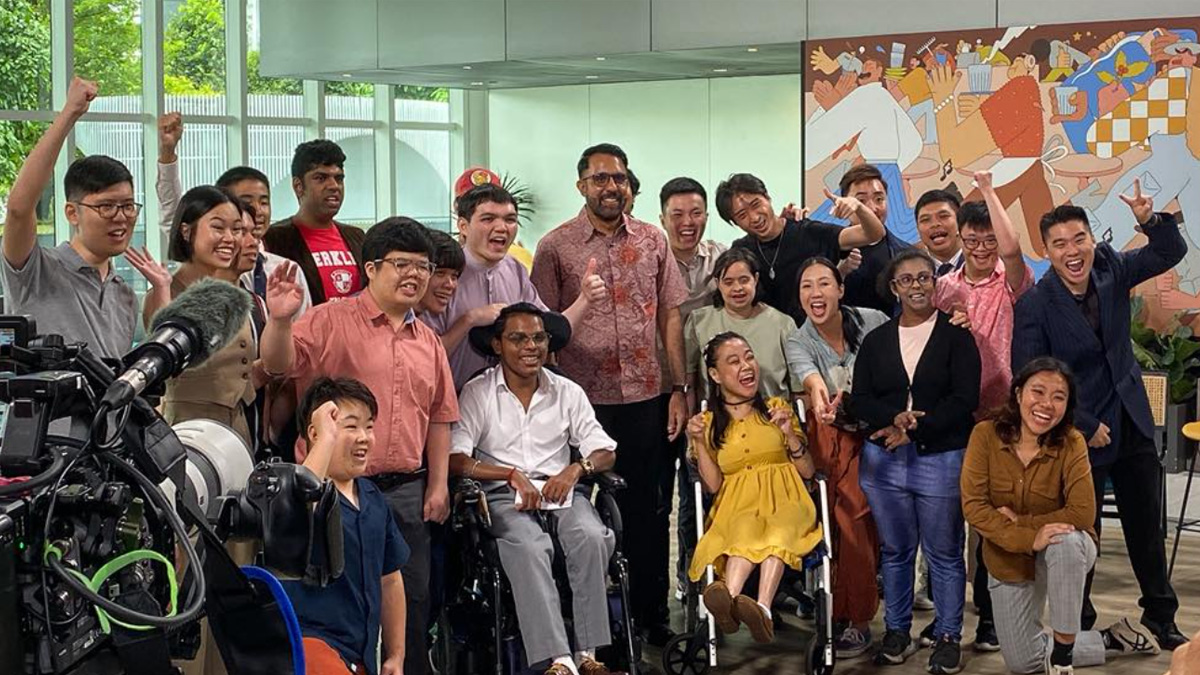
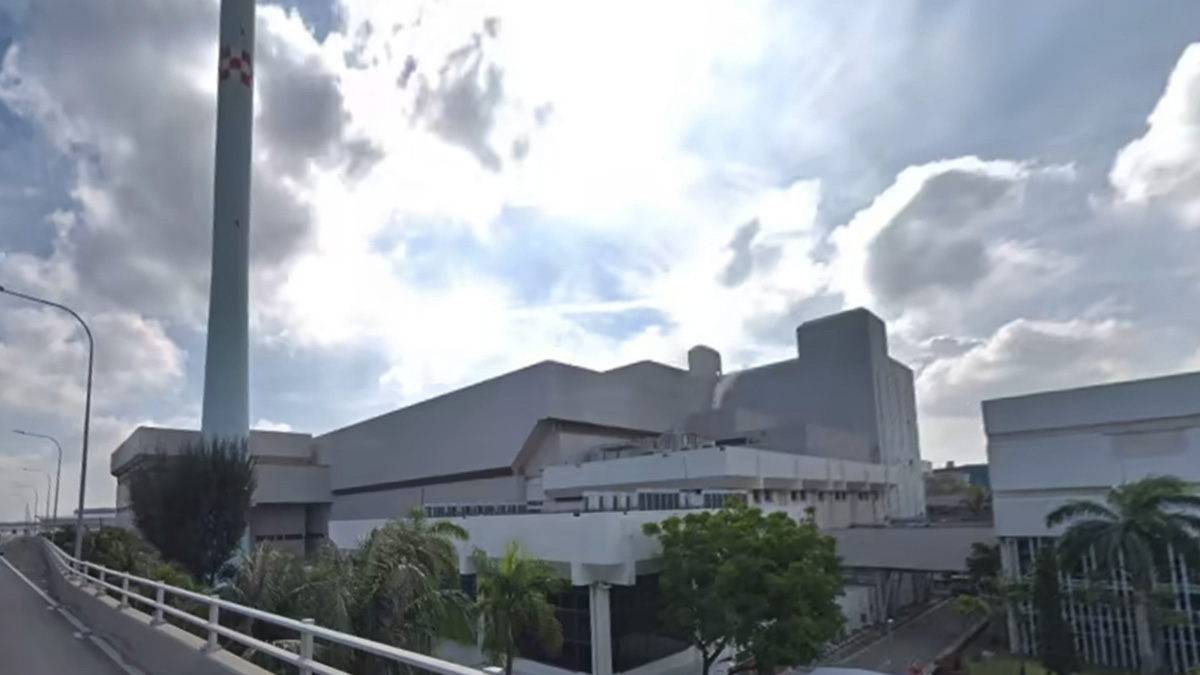
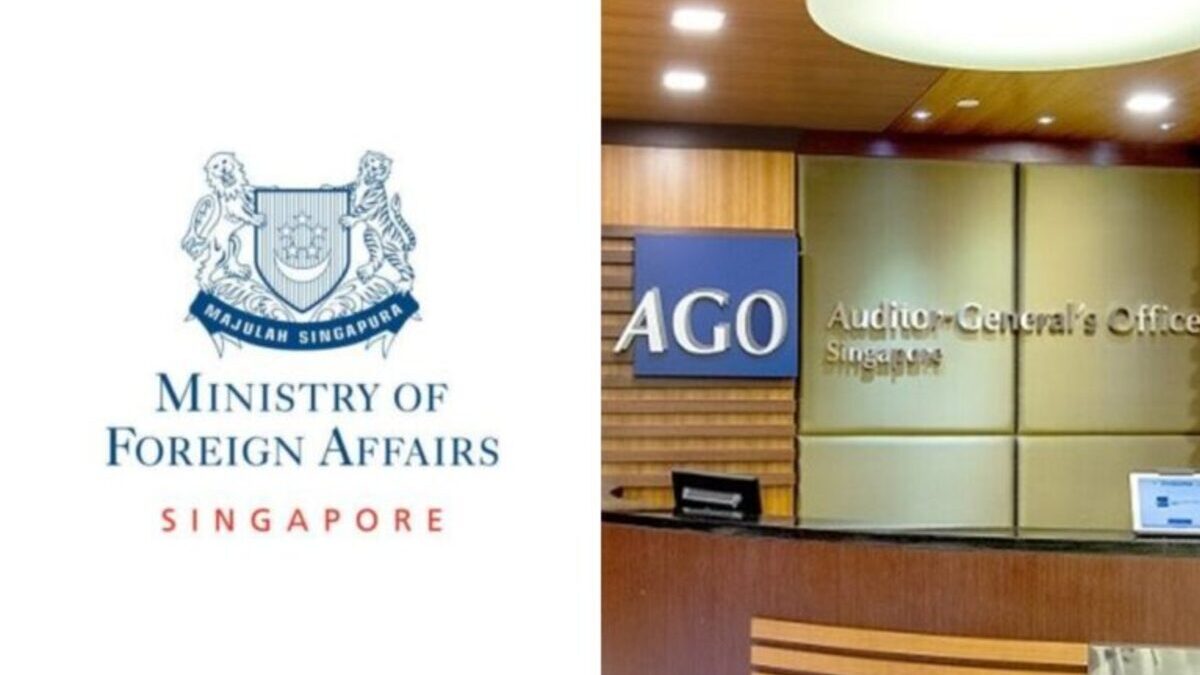

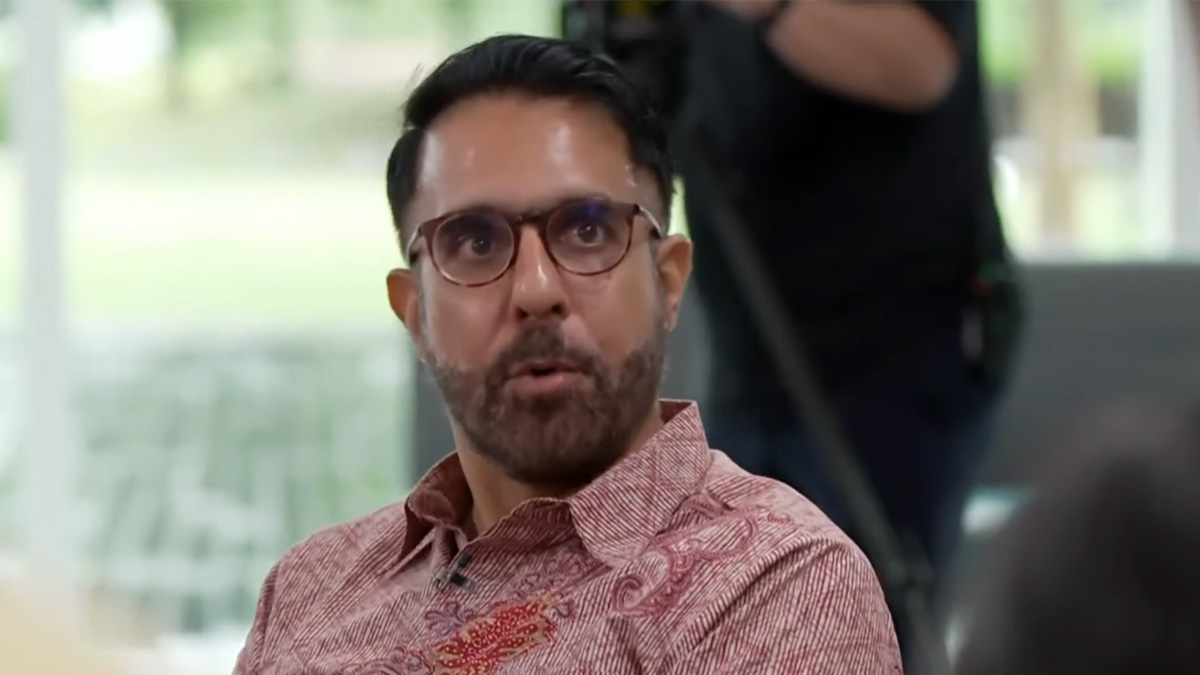
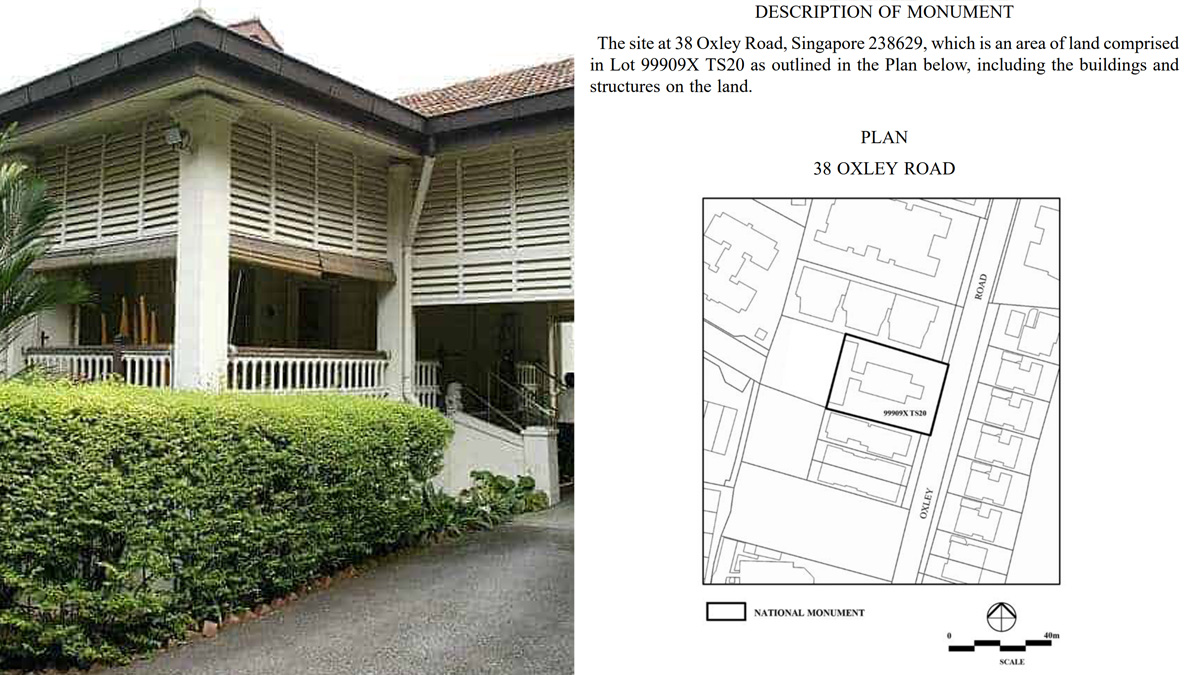
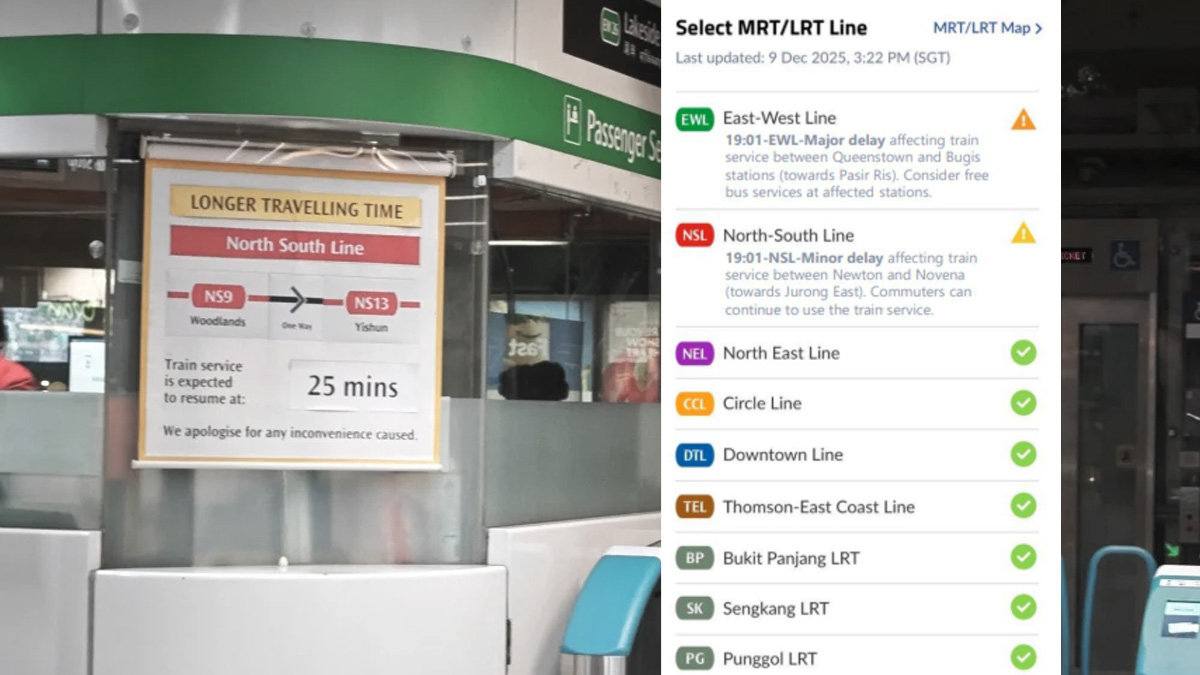
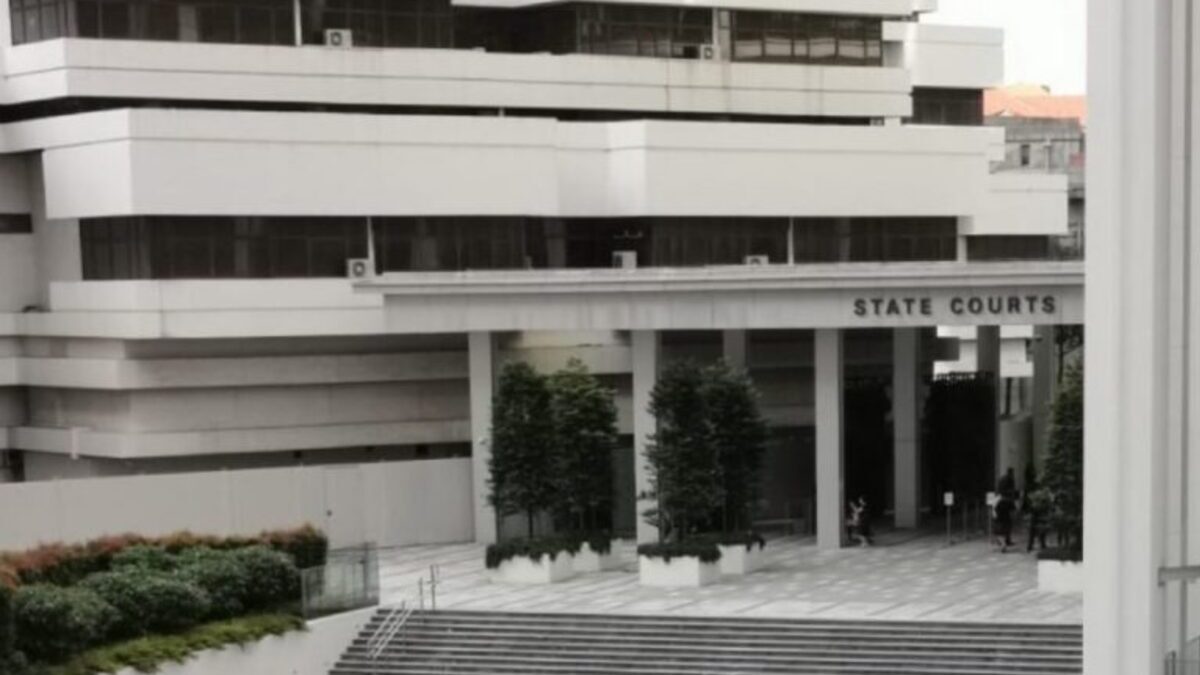
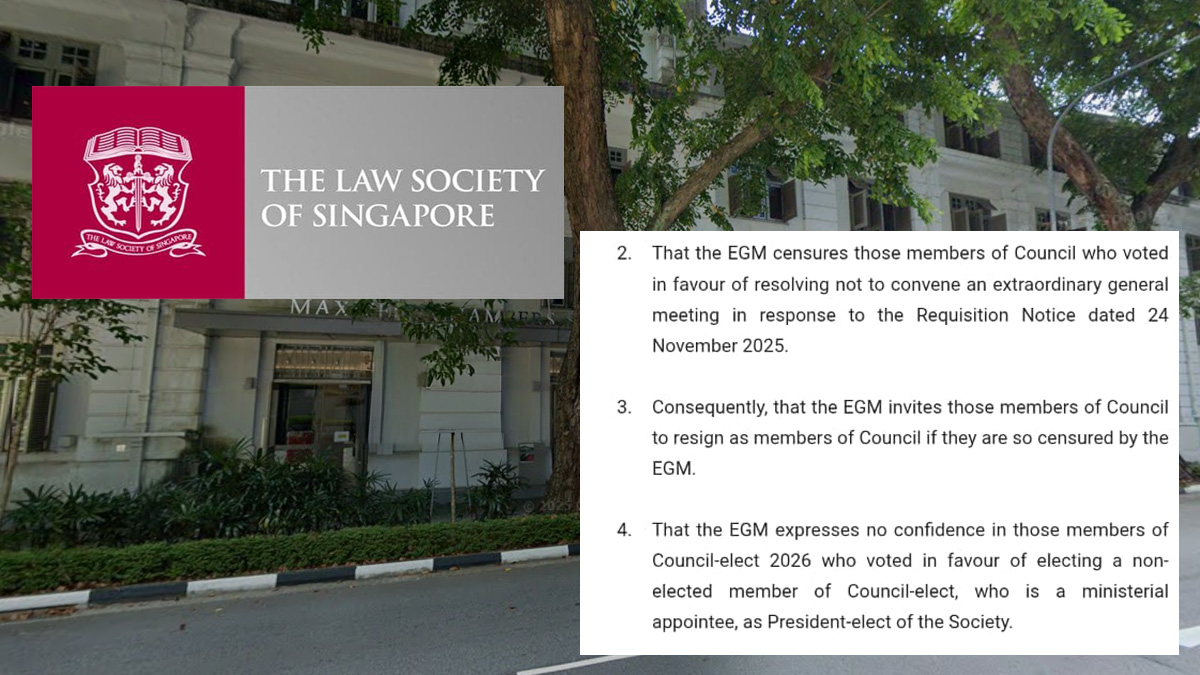
0 Comments